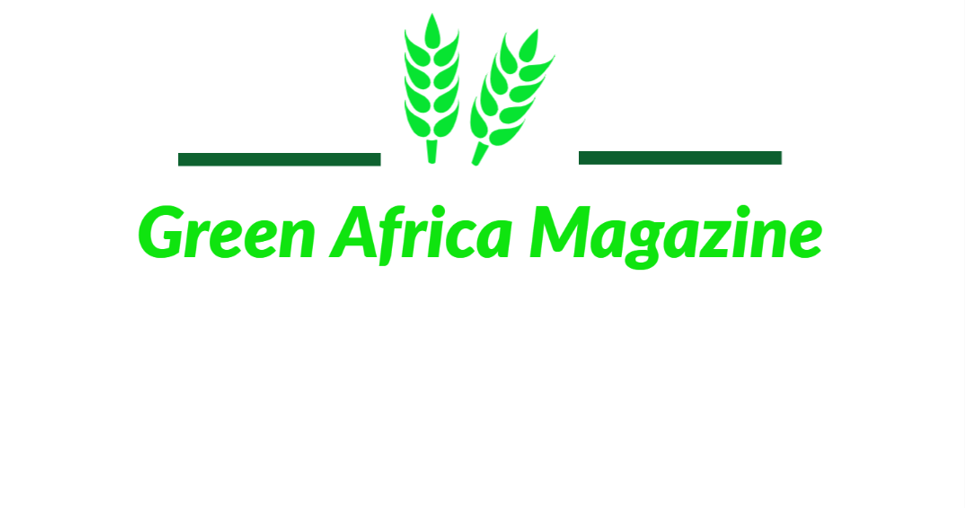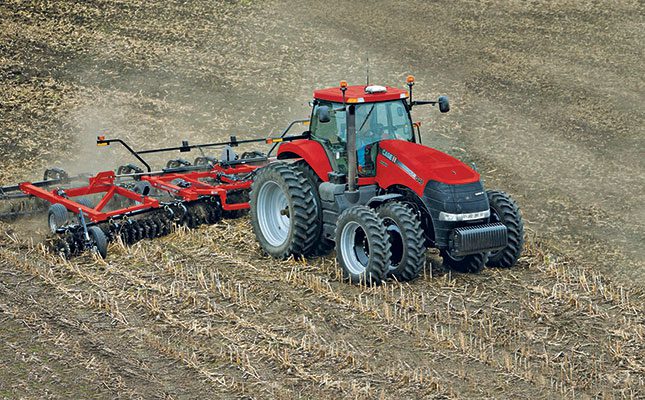Every season, farmers have to deal with a plethora of challenges that are beyond their control such as the weather, global markets, and input and commodity prices, amongst others.
Technology and data management are two important management support tools that can help farmers manage these variables with the ultimate goal of remaining profitable, while also focusing on sustainability.
To succeed, a farmer has to understand his or her specific production area, take note of long-term climate conditions, and keep up with the latest offerings with regard to technology and cultivar development.
Technology, is however, constantly developing and farmers need to determine which technologies will suit them best and will contribute the most to their farming operations.
According to André Olwagen, strategic marketing manager and product portfolio manager at Case IH, producers need information to make decisions.
“Farmers need the latest market and industry information, as well as production data for short- and long-term planning and to be able to adapt when required to increase profit per hectare. If they do not have the correct information at their fingertips, they will not be able to make the best decisions.
“The starting point will always be to ask the right questions. If a farmer, or the advisor, asks the right questions, they will get the most appropriate answers and information that is needed to address a specific problem or production issue,” he says.
He adds that this information will help farmers determine what the solution is for a specific problem or challenge.
“This will help a farmer manage the variables. Only if all of the variables can be managed effectively, can a farmer make the most of every season.”
As agriculture continues to evolve, Case IH remains committed to supporting producers with innovative machinery, he says.
“With information at hand and the precision technology of Case IH known as FieldOPS, farmers can address some of the challenging variables and take back control of farm productivity and efficiencies across the entire operation,” Olwagen says.
The right equipment
Olwagen says that there are a number of critical aspects throughout the season that farmers need to consider.
First, farmers need to use the correct implements when preparing soil, planting or harvesting. In this regard, farmers need to ask themselves what they are planning to do with their equipment to ensure that they use the correct combination of machinery and implements.
“The combination must be correct or else the tractor will be either over- or under-utilised. If the combination is not correct, it may lead to higher fuel consumption or unnecessary wear on certain equipment parts.
“The set -up of the equipment is a crucial part of cost effectiveness. Aspects such as ballasting, implement set-up, and working speed are critical for optimal equipment performance,” Olwagen explains.
He adds that farmers should not buy equipment with technology that they will not use, as this is not cost effective.
“It doesn’t make sense to buy a tractor with all the best available technology if you are only going to use some of these features.”
He adds that when starting with precision farming, it is best to focus on collecting as much data as possible, make soil corrections where necessary, and fit a guidance system on the tractor, which will help reduce overlapping when planting or spraying.
Visit Case IH at caseih.co.za.



